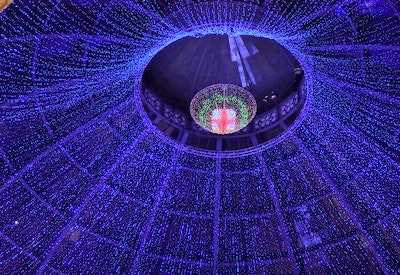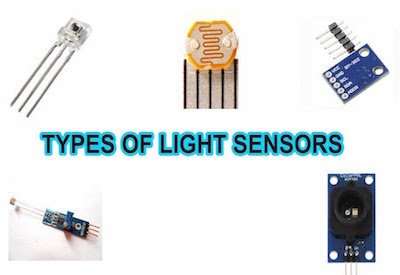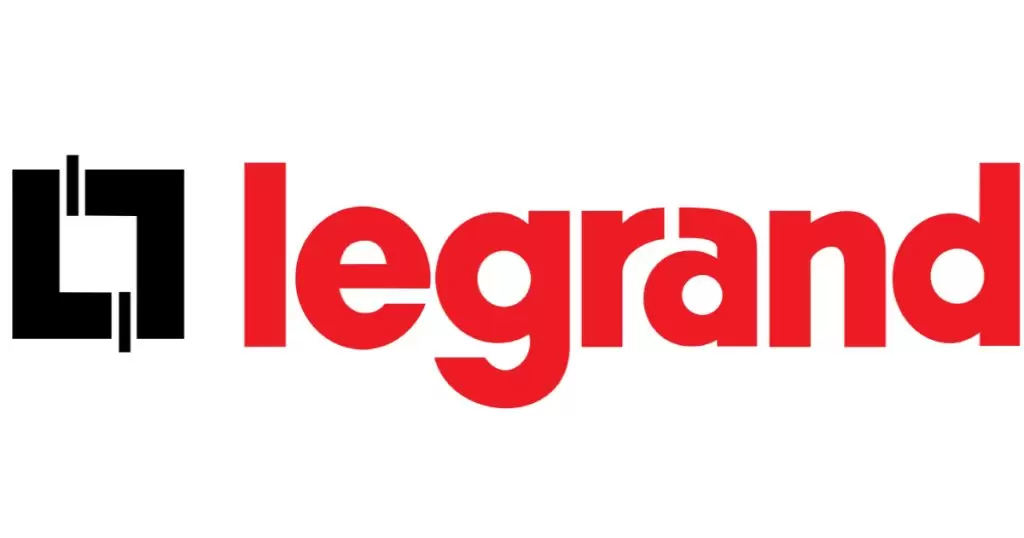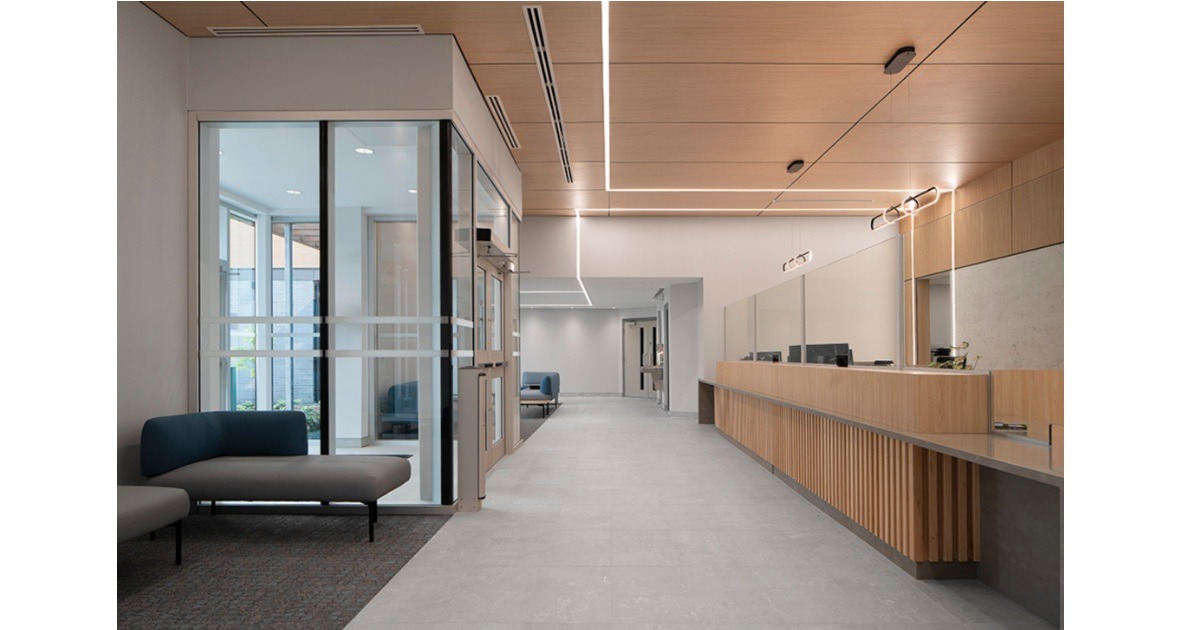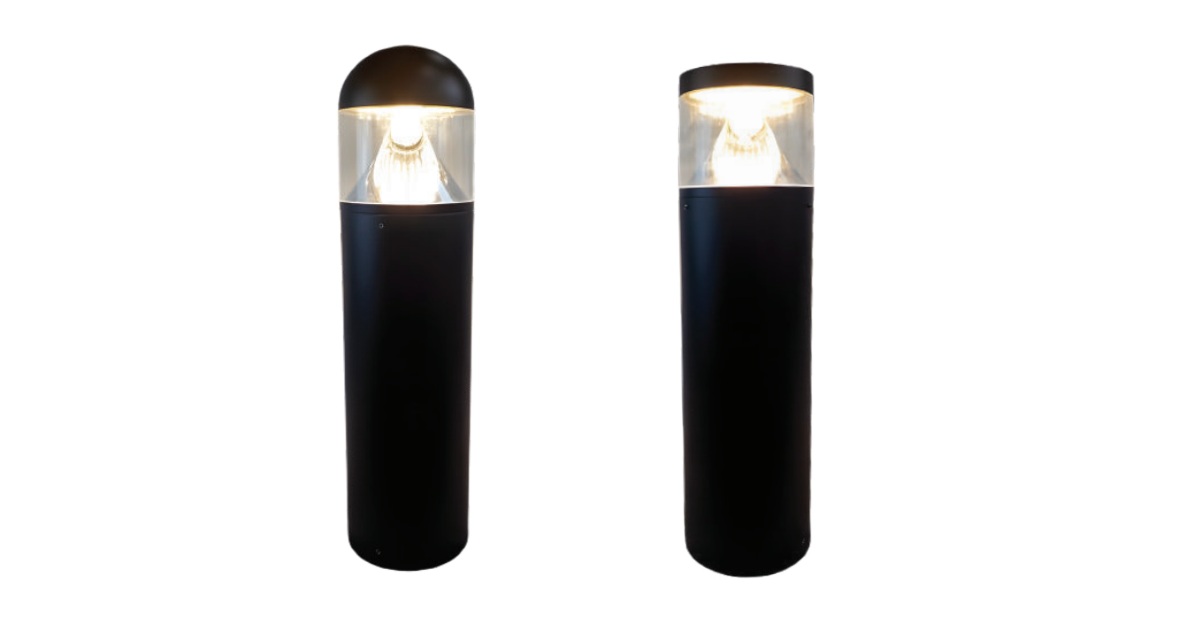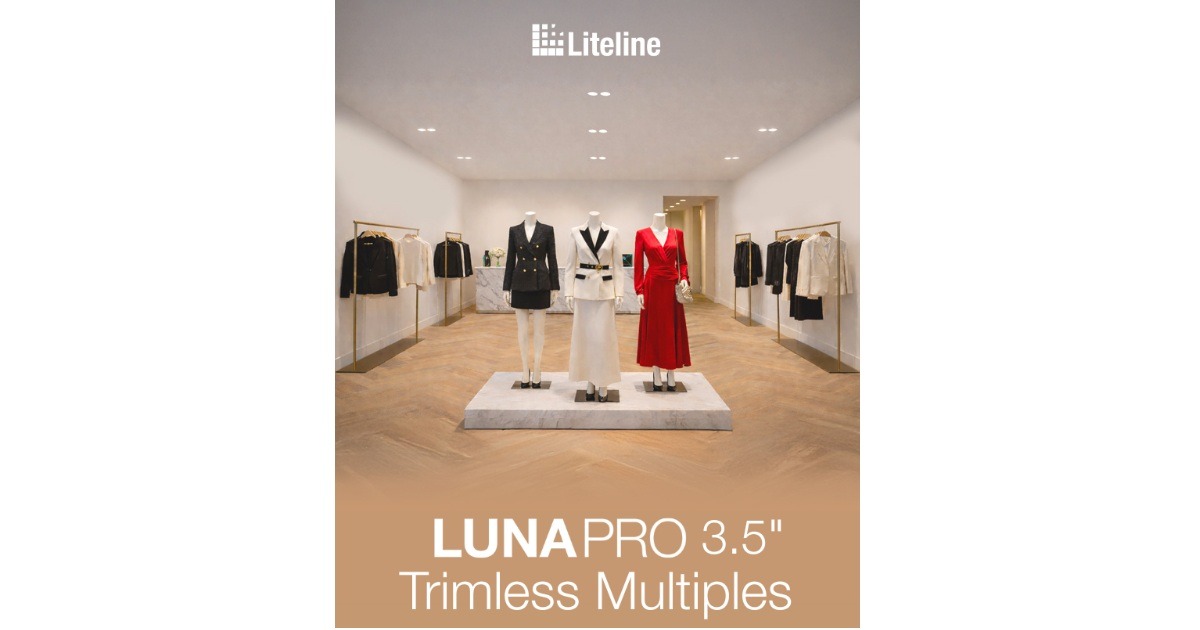For a Qualitative Policy of Urban Lighting in the Master Plan
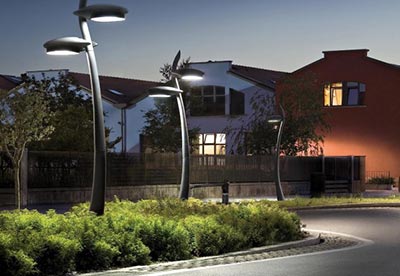
Gilles Arpin
In recent years we have become committed to making our cities pleasant and friendly places to live. We do this by remaking public spaces so that urban life becomes more humane, more safe, and more comfortable.
This is most evident in the redevelopment of our city centres, although my comments could be applied to all types of communities, including villages and towns. They are all equipped with increasingly greater responsibilities, particularly in urban planning. As I mentioned in my last article, my goal is to sensitize you to the discipline of lighting designer. Today’s topic: a qualitative urban lighting policy.
Between the importance of reflecting a positive image of the city back to its citizens or attracting conventioneers and tourists to our most meaningful places and protecting the night sky through the safety of the towns, a reflection is necessary on the urban light.
Light must contribute to the city’s development. It is not only about illuminating but resolving the challenges of functional and safe lighting, protecting the night sky from undue light pollution, directing the stream of passers-by away from residential areas, and enhancing monuments and sites. All of these applications must bear in mind the visual comfort of users who place their trust in us.
As a lighting designer we contribute to the domestication of night public space. It takes ownership to deliver a certain interpretation based on experience and observations of nightlife. The value of this work is commensurate with the way in which the population appropriates public space in return.
Thus to implement a qualitative policy of urban light should go through a number of phases that I’d describe as follows: analysis, diagnosis, synthesis, projects.
An analysis would take into account the sites’ morphology and character, the sites’ relative importance, continuities, ruptures, and the consistency of the environment. We would then analyze usage and behaviours of users against three principles:
• the readability of the site by the user
• the safety and functionality of the site
• the potential ambiance
The diagnosis will focus on inventory of furniture and lighting practices. Data on uses and specific urban issues will be also listed there.
The synthesis would highlight negative aspects, such as malfunctions, breaks… and positive aspects, such as the potential ambiance and elements of composition for nocturnal images. This would be time to establish a certain number of design criteria.
The projects phase would be devoted to developing an action plan for implementing the approach. It would identify the teams of professionals involved in different stages of the project, and serve as a reference framework (call for proposals, competitions, turnkey…) for completing various projects.
In my next article, we’ll look at concepts that to me are central to implementing a qualitative urban lighting policy.
Other Articles with Gilles Arpin:
Public Lighting and the International Year of Light
Gilles Arpin is a lighting designer. He has 30 years of experience as a technician, lighting designer, technical director, production manager and producer for various ballet, opera and musical productions. Since 1996 he has been interested in the lighting of public places and residential and commercial spaces, and founded the firm Éclairage Public. Several of his projects have won awards and recognition. View a project portfolio at http://www.eclairagepublic.ca/index.php/en/. Professional associations include the Illuminating Engineering Society (IESNA) section Montreal, IALD International Association of Lighting Designers, and IDA International Dark Sky Association.




